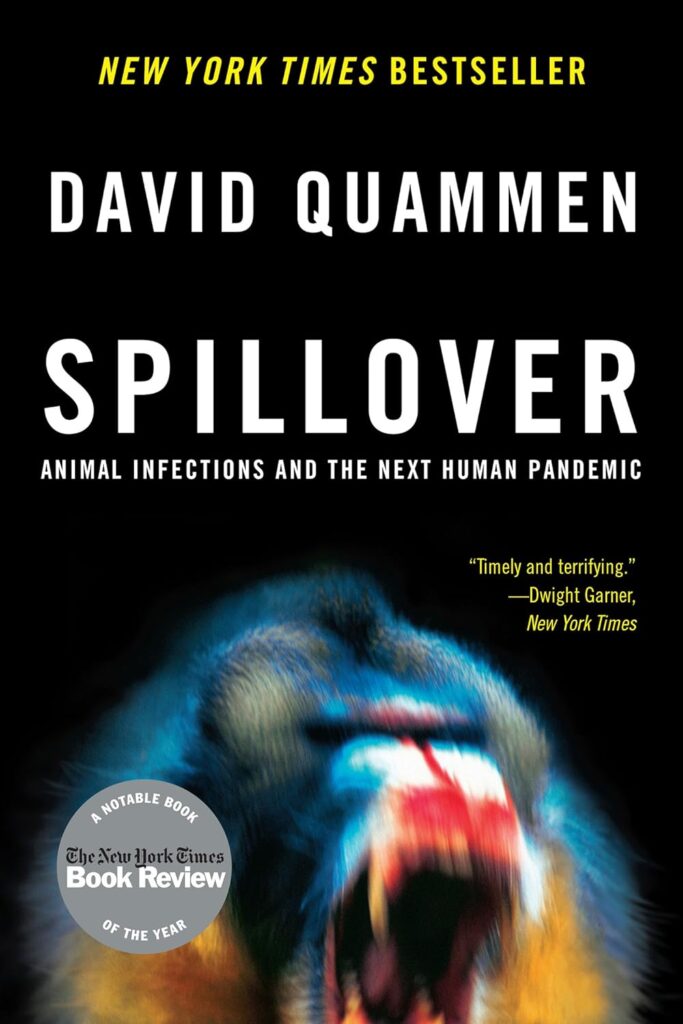In the tranquil expanses of North America’s woodlands and grasslands, a silent but concerning phenomenon is unfolding: chronic wasting disease (CWD). The condition, often dubbed “zombie deer disease”, is stealthily spreading among deer populations, sparking concerns among scientists, conservationists and the public alike.
This neurological affliction, characterised by myriad symptoms, such as drooling, lethargy, stumbling and a vacant gaze, has now been detected in over 800 samples of deer, elk and moose in Wyoming alone, highlighting the scale and urgency of the issue.
At the heart of the CWD puzzle lies a peculiar culprit: prions.
Prions are misfolded proteins that can cause normal proteins in the brain to misfold as well, leading to neurological degeneration. This unique feature makes prion diseases particularly concerning as they are notoriously resilient and can persist in the environment for years, resisting traditional disinfection methods such as formaldehyde, radiation and incineration at extreme temperatures.
The spread of CWD poses significant ecological and potentially human health risks. While there is no conclusive evidence that CWD can directly infect humans, the possibility remains a point of concern.
Prion diseases, such as Creutzfeldt-Jakob disease (CJD) in humans and “mad cow disease” in cattle, have shown that they can cross the species barrier – with devastating consequences. The outbreak of mad cow disease in Britain, for instance, resulted in the slaughter of millions of cattle and led to 178 human deaths attributed to the human variant of the disease since 1995.
Despite the lack of confirmed cases of CWD in humans, concerns persist due to several factors. First, studies have shown that prions responsible for CWD can infect and propagate within human cells under laboratory conditions, raising the spectre of potential transmission.
Second, humans are already inadvertently exposed to potentially infected animals by hunting and eating them. Reports suggest that between 7,000 to 15,000 CWD-infected animals were consumed annually by humans in 2017, with projections indicating a 20 percent annual increase.
In regions where CWD prevalence is high, such as Wisconsin, thousands of people may have unwittingly consumed meat from infected deer, underscoring the urgency for measures to mitigate risks.
Also, the inherent difficulties associated with detecting and diagnosing prion diseases in humans further complicate the situation. Unlike conventional infectious agents, prions do not trigger an immune response, making them difficult to detect through conventional means. This poses a significant obstacle to early intervention and containment efforts.
The potential for CWD to affect human health is not limited to direct transmission. The environmental persistence of prions means that humans may also be exposed through indirect routes, such as contaminated soil, water and other environmental sources. Given the resilience of prions and their ability to persist in the environment for extended periods, the long-term consequences of CWD on human health remain uncertain but warrant serious consideration.
Beyond the immediate health concerns, the spread of CWD also poses significant ecological and economic risks. Deer hunting is not only a popular recreational activity but also a vital source of sustenance and livelihood for many communities. The proliferation of CWD threatens to disrupt this delicate balance, potentially decimating deer populations and compromising food security in affected regions.
Furthermore, the ecological effects of CWD extend beyond deer populations, affecting entire ecosystems. Deer play a crucial role in shaping vegetation dynamics (how plant communities change and evolve over time) through browsing and grazing. And their decline could have cascading effects on plant communities, soil health and other wildlife species that depend on deer as a food source or habitat modifier.
In Europe too
It is noteworthy that while there have been no outbreaks of CWD in the UK, in 2016 it was diagnosed in wild deer in Norway, marking the first cases of CWD in Europe.
This development underscores the potential for CWD to spread beyond its current range and highlights the need for international cooperation in monitoring and controlling the disease.
Addressing the many challenges posed by CWD requires a comprehensive and coordinated approach. This includes bolstering surveillance and monitoring to track the spread of the disease, and implementing stringent biosecurity measures to prevent further transmission – such as controlling the movement of deer and elk populations, conducting regular testing to monitor disease prevalence, and promoting responsible hunting practices to minimise the risk of transmission.
More research is also needed to better understand the disease’s transmission dynamics, its ecological effects and potential human health implications.
Ultimately, the spectre of CWD underscores the interconnectedness of ecosystems and human health. By heeding the warnings of scientists and taking decisive action to mitigate risks, we can strive to protect both wildlife and human populations from the insidious grip of CWD and other emerging zoonotic diseases.
In doing so, we honour our commitment to safeguarding the health and wellbeing of our planet and its inhabitants for generations to come.
Discover:

Spillover:
Animal Infections and the Next Human Pandemic
$9.99 (25% off)
“As page turning as Richard Preston’s The Hot Zone…[Quammen is] one of the best science writers.” ― Seattle Times

